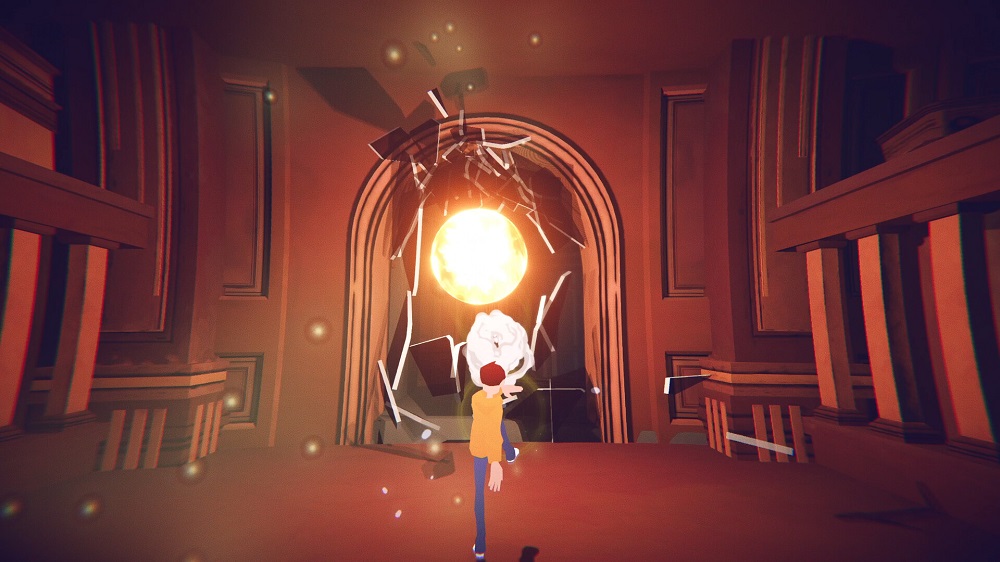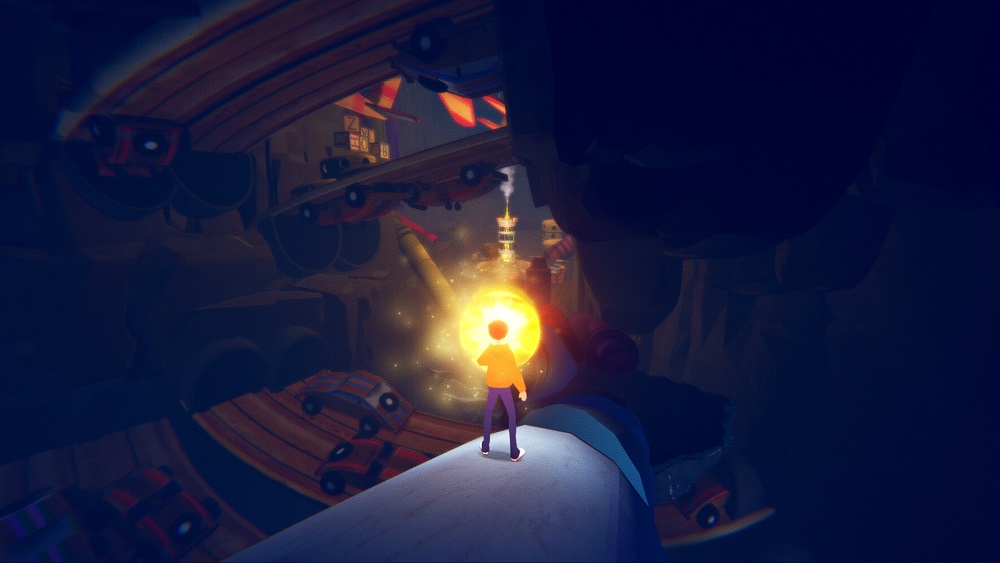Always in Mind is an emotional and explorative adventure through memories | Demo impressions
Games have the power to explore sensitive themes in so many creative ways, be it a battle with cancer, the difficulties of navigating mental health, or the loss of a child. Although I’m still not exactly sure what Always in Mind is about, there’s certain elements of the story that tackle with the pain of missing someone you love, and the lasting impressions they can leave on you. I’ve played the demo, which can be downloaded now via Steam, and if you’re wondering whether or not it’s for you, it definitely left its mark on me.
The demo didn’t give a lot away in terms of story, but I was instantly fascinated by how freeing it felt traversing through the dreamscapes – the recesses of the mind – trying to piece together what memories remain of your family. Playing as a young boy, you can jump, double-jump, and glide, finding various memories denoted by question marks and paintings, points of interest, and more. You’re accompanied by an AI companion called Proxy who will talk to you throughout your journey, helping you to recollect what’s been forgotten.

Always in Mind has visuals that feel old, or clouded, as colours and objects aren’t sharp or clear. It’s a design choice that helps to make your mind feel lost and unsure, and provides an art style that feels authentic. It looks beautiful in that sense, with environments that align with the hobbies and loves of your family, such as a library with floating books, and toy aeroplanes, cars, and building blocks. There’s a sense of wonder as you travel through your mind, paired with a want to explore.
There’s so much to find that it’s not born out of necessity, but a longing. I wanted to see everything I could, and if there was something shining in the background, I’d do whatever I could to find it. It’s not restrictive at all, as almost any platform you can see can be jumped on. Some games have odd design choices when it comes to the depth of what can be traversed, but Always in Mind doesn’t want to hold you back, it wants you to thrive. In order to excel within these mind palaces, you can use an orb to unlock memories, break down glitches that hold you back from progressing, and unlock new pathways.

These yellow ball of light can be thrown, recalled, and kicked, giving you a range of ways to launch it at the required target. It’s a simple yet effective mechanic, and once you’ve got the hang of it, there’re many ways for it to be used. Always in Mind also has a haunting soundtrack, and as delicately melodic as it is, there’s a sense of foreboding. Not in the sense something is going to attack you, rather that you might see a memory that is going to rip your heart out. Although the demo only lasted for around an hour, there were plenty of emotional notes that hit home, and I’m going to make sure I bring a tissue or ten for the full release.
Always in Mind has plenty of potential. It’s a world filled with some wonderfully designed environments and simple mechanics that allow you to fully explore and uncover the mysteries of your family. The freedom you have and the means to discover these memories are clearly presented to you, and the sense of exploration is clear from the start. I’m looking forward to start from the beginning, as the demo drops you in at chapter four, but even with some confusion about what was going on, there’re plenty of reasons for me to uncover what is happening.
Always in Mind is set to release “soon” on PC via Steam




